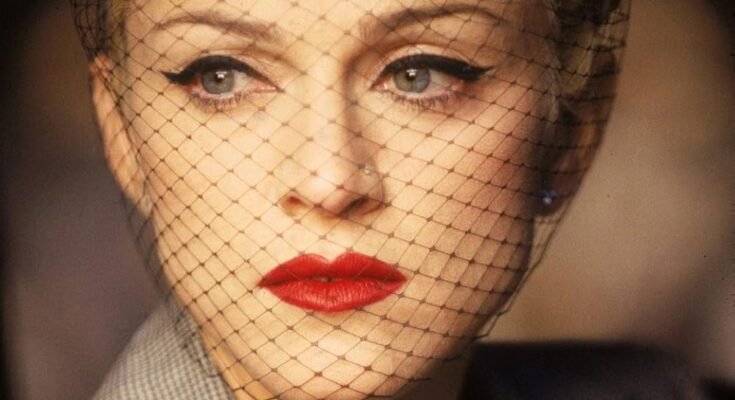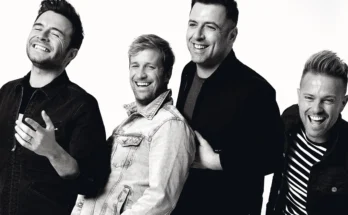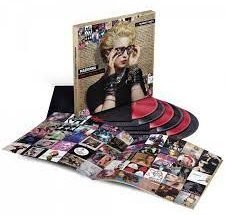Released in December 1994, “Take a Bow” marked a significant shift in Madonna’s artistic direction. This heartfelt ballad, featured as the second single from her Bedtime Stories album, revealed a more introspective and emotionally open version of the pop superstar. Co-written with acclaimed R&B artist and producer Babyface, the track steers away from the bold and controversial themes that had long defined Madonna’s earlier music. Instead, it embraces vulnerability and subtlety, highlighting a deeper emotional landscape that resonated with a wide audience.
The collaboration between Madonna and Kenneth “Babyface” Edmonds was instrumental in shaping the sound and soul of “Take a Bow.” Known for his smooth, romantic production style and his work with top R&B acts like Toni Braxton and Boyz II Men, Babyface helped Madonna explore a more refined musical expression. The song blends gentle R&B rhythms with pop sensibility, woven together with lush orchestration and delicate harmonies. The track’s use of live strings—performed by the Tokyo String Orchestra—adds a layer of sophistication and melancholy that perfectly complements Madonna’s understated vocal performance.
Lyrically, “Take a Bow” uses the metaphor of a performer closing a show to express the heartbreak of an emotionally one-sided relationship. Lines like “The show is over, say goodbye” and “You took my love for granted” speak to themes of disillusionment and emotional betrayal. Rather than dramatizing the pain, Madonna delivers each line with a sense of quiet resignation. The maturity in both her lyrics and delivery showcases her evolution not just as a performer, but as a storyteller capable of exploring emotional complexity.
Commercially, the song was a major triumph. It became Madonna’s longest-running number-one single on the Billboard Hot 100, spending seven weeks at the top in early 1995. This success solidified the track’s place as one of her most memorable ballads, earning widespread acclaim for its elegance and restraint. It also demonstrated her continued relevance in a changing music landscape, proving that reinvention was not just a tactic for Madonna—it was an art form she had mastered.
The accompanying music video, directed by Michael Haussman, brought additional depth to the song’s narrative. Set in Spain and featuring Spanish bullfighter Emilio Muñoz, the video presents a visual tale of longing and emotional distance. Madonna, dressed in glamorous vintage attire, portrays a woman caught in an unfulfilling relationship with a stoic torero. Filmed in Ronda and the Antequera bullring, the visuals add a sense of romantic tragedy, reinforcing the song’s themes of isolation and emotional performance.



